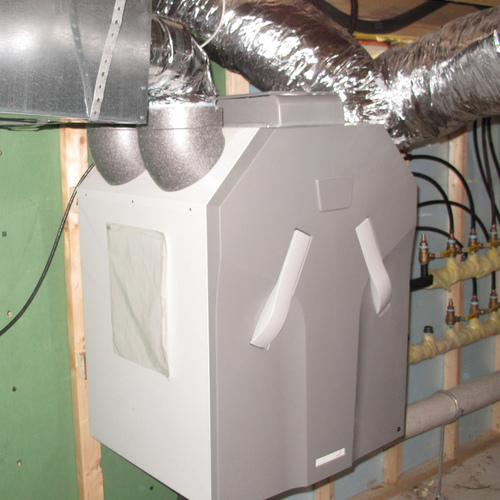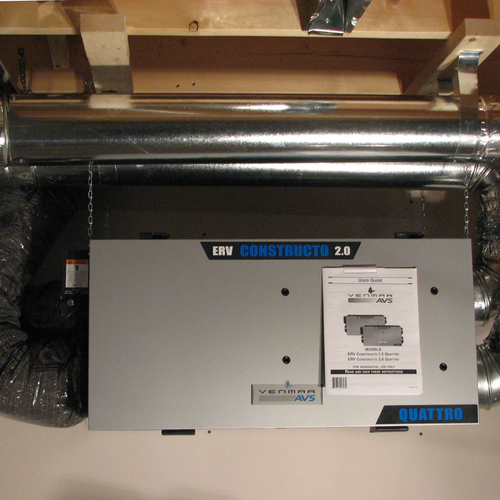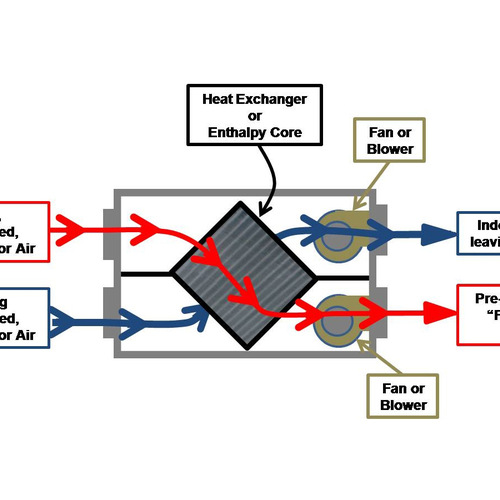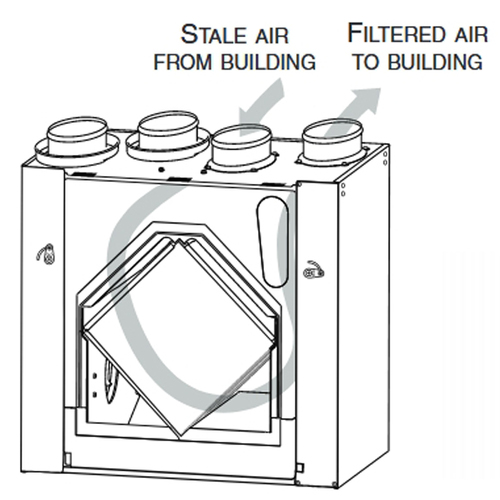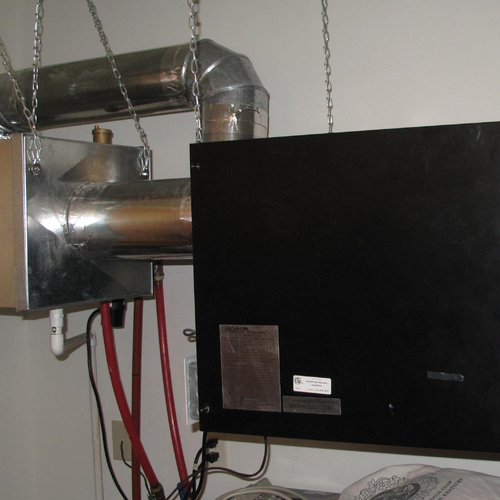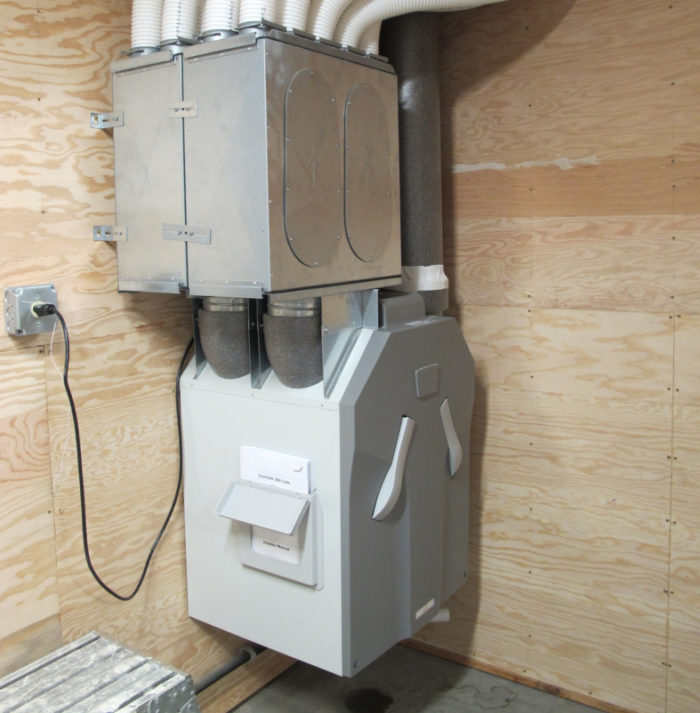
This is a collection of the most important GBA articles on heat-recovery ventilators (HRVs) and energy-recovery ventilators (ERVs) — two types of balanced ventilation systems that transfer heat (but not air) from the supply air stream to the exhaust air stream, or vice versa.
If you are looking for an index that spans all categories, with a special focus on “how to” articles, check out this resource page: “How to do Everything.”
-
HRV or ERV?
After investigating various ventilation options, many residential designers conclude that they want either a heat-recovery ventilator (HRV) or an energy-recovery ventilator (ERV). They often remain confused, however, about which of the two devices to choose. Every tight home needs a mechanical ventilation system.
-
Are HRVs Cost-Effective?
From 1977 (when the Saskatchewan Conservation house was built) until 2004 (when the first U.S. Passivhaus was built), North American builders completed hundreds of superinsulated homes. In those days, anyone interested in rating the performance of these homes was probably interested in just one metric: annual energy use.
-
Does a Home with an HRV Also Need Bath Fans?
UPDATED on June 29, 2017, with information on Aldes constant airflow regulators.
-
Misconceptions About HRVs and ERVs
Since refrigerators have been around for almost a hundred years, most Americans know what a refrigerator is used for. But heat-recovery ventilators (HRVs) and energy-recovery ventilators (ERVs) have only been around for about 30 years, and many Americans still don’t know much about these appliances. GBA regularly receives questions that show that some homeowners are confused about the purpose of these appliances, so it’s worth examining and debunking common misconceptions about HRVs and ERVs.
-
Preventing Frost Buildup in HRVs and ERVs
Manufacturers of heat-recovery ventilators (HRVs) and energy-recovery ventilators (ERVs) know that HRV or ERV cores can get clogged with ice in cold temperatures. During the winter, this type of appliance brings cold outdoor air in close proximity to a stream of humid indoor air. If the outgoing air is humid enough, and the incoming air is cold enough, the moisture in the exhaust air stream can turn to ice.
-
Using a Glycol Ground Loop to Condition Ventilation Air
Most energy-efficient homes include a mechanical ventilation system — often an HRV or ERV that brings in fresh outdoor air while simultaneously exhausting an equal volume of stale indoor air. The main problem with introducing outdoor air into a house is that the air is at the wrong temperature — too cold during the winter and too hot (and often too humid) during the summer.
-
Commissioning Our Heat-Recovery Ventilator
In last week's blog I described our state-of-the-art Zehnder heat-recovery ventilator (HRV), explaining its various features and specifications. This week I’ll review what should be a critical step in the installation of any HRV: commissioning, including the critical step of balancing the air flow. This is absolutely necessary to ensure proper operation and full satisfaction from a Zehnder HRV and most other HRVs.
-
Commissioning ERVs
We were recently called to commission a fully ducted energy-recovery ventilation (ERV) system in a newly constructed, "near passive" house.
-
Zehnder Develops a Ductless ERV
Anyone who lives in a tight house needs a ventilation system. Unfortunately, most ventilation systems are expensive. If you decide to install a high-quality heat-recovery ventilator (HRV) or energy-recovery ventilator (ERV) with dedicated ductwork, your ventilation system might cost you between $6,000 and $8,000.
-
A New Way to Duct HRVs
UPDATED June 27, 2013 with an author's postscript

